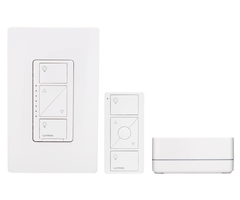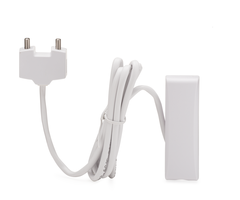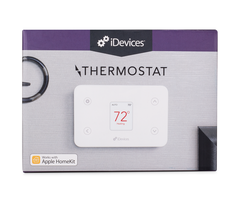New Long Range Motion Sensors Available From Alarm Grid
Posted By Michael GorisHi DIYers! We are happy to announce that we have some new long-range motion sensor options available on our website. These long-range motions are good for long, narrow areas such as hallways. You now have more options in choosing the perfect motion sensor for your home or business.

The first new product we would like to discuss may seem relatively minor, but it actually opens up a whole new world of possibilities for motion detection. We are now pleased to offer the Optex FL-60N Long-Range Lens. This convenient device replaces the stock lens for an Optex WNX-40 Series Motion Sensor. Once the lens is added, the motion sensor will enjoy a long-range coverage area of 60 feet by 6 feet. It's very easy to swap out the old lens, and the process can be completed by any DIY user.
Alarm Grid offers four (4) different Optex WNX-40 Series Motion Detectors. We have an option available for nearly every wireless alarm panel that we carry. If you don't have one of these sensors yet, make sure you choose the correct model when purchasing. You need to make sure that the frequency the sensor uses for wireless communication is compatible with your security system.
The following motion sensors from our website are compatible with the Optex FL-60N:
- Optex WNX-402G (433 MHz for 2GIG Systems)
- Optex WNX-40DS (345 MHz for DSC Systems)
- Optex WNX-40HW (345 MHz for Honeywell Systems)
- Optex WNX-40IX (319.5 MHz for Interlogix Systems)
In addition to the Optex FL-60N Long-Range Lens, we now offer the complete Honeywell DT900-Series lineup of hardwired, long-range DUAL TEC motion sensors. Before, we only offered the Honeywell DT906. Now we offer the DT900, DT901, and DT907 long-range motion sensors as well. These are all hardwired motion sensors that connect directly with a hardwired alarm panel or a compatible wired to wireless converter. The motion sensor use these wired connections for both power and data transmissions.
If you're wondering how these four DT900-Series motion sensors differ, it is actually quite simple. Both the DT906 and the DT907 have the same selectable detection ranges. You can choose between a coverage area of 200 feet by 15 feet, or 120 feet by 10 feet. However, only the DT906 has an anti-masking feature. The DT907 does not. Meanwhile, with the DT900 and the DT901, you can choose between a coverage area of either 90 feet by 70 feet, or 50 feet by 40 feet. But in this case, the DT900 has anti-masking, while the DT901 lacks this feature. Other than that, these are mostly the same sensors.
If you have any questions about these new long-range motion sensor options, or if you want to find out if a long-range motion sensor is right for you, please reach out to us. The best way to contact us is to email support@alarmgrid.com. Our team will check your email as soon as possible and reply back as soon as we can. We look forward to hearing from you and helping you find the perfect motion sensor for your needs.













